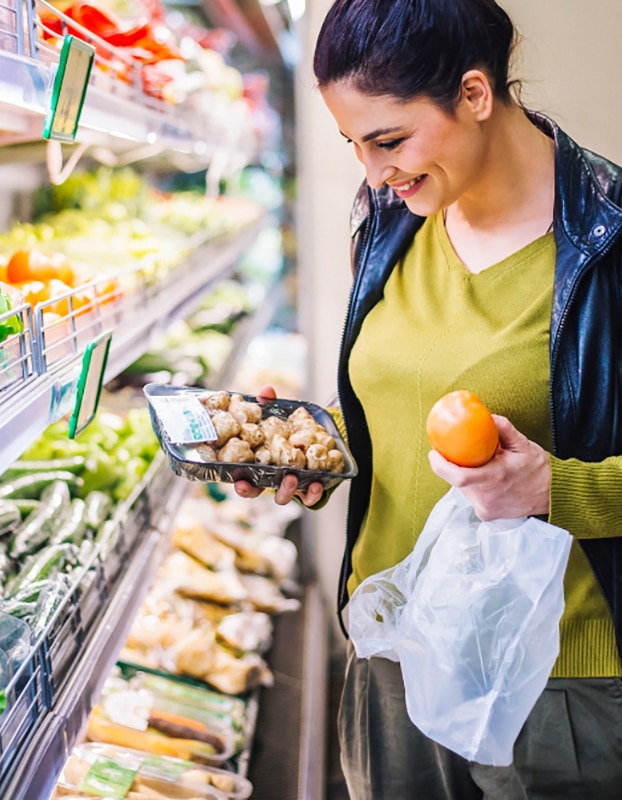You can buy raw cucumbers, zucchini, eggplant, and more year-round. However, to appreciate the true, fresh flavors of these vegetables grown by our market gardeners, there is only one solution: eat seasonally. This is true for all vegetables, as Jacques Rouchassé, vegetable grower in Marne, a French administrative department, explains.
Why should we observe the seasonal calendar?
Tomatoes can be found in stores year-round. But the one and only true tomato, the one that thrills your taste buds and quenches your thirst, is the summer tomato. This same message applies to all our summer vegetables, not to mention other all other vegetables whose seasonality has been forgotten.
More flavor, vitamins, and minerals. A seasonal vegetable brings together the best conditions for ripening perfectly. “Sun, heat, and light: that is the winning trio for growing flavorful summer vegetables that are packed with vitamins,” says Jacques Rouchaussé. In practice, that means that in early June, or even May for earlier species in Europe, it is time to enjoy tomatoes, cucumbers, zucchini, eggplant, salad greens, radishes, and carrots. The same idea applies to vegetables that ripen in other seasons.
A perfectly timed harvest
Flavorful vegetables are certainly seasonal vegetables, but also vegetables picked at just the right moment. To know if vegetables have been picked at that perfect time when shopping at a supermarket or market, one bit of advice is true for all vegetables: choose the really colorful ones. Firmness as a criterion does not always systematically mean the same thing. “Cucumbers should be green but also very firm,” adds Mr. Rouchaussé. “Tomatoes should be nice and red, but firmness depends on the variety. You need to have tasted several to know which one you like best.”
Consuming after purchase
It is best to eat fresh vegetables within the week. “These are fresh products. After they have been harvested, picked off the mother plant, they dry out gradually,” says the farmer.
Proper storage
For tomatoes, Mr. Rouchassé emphasizes the importance of not storing them in the refrigerator: “That kills the taste of the tomatoes!” Other vegetables can be stored in a cool place (between around 43 and 50°F) away from light, most often in the vegetable drawer at the bottom of the refrigerator. In a perfect world, you would shop regularly to take advantage of fresh products. But there’s a trap: purchasing a large quantity all at once that is too much to eat in a single week. Watch out for unreasonable sales that make you lose sight of those points of reference!
What should be done with overripe or wilted vegetables? The trash can wait! There are plenty of recipes that don’t require the freshest of products. How about using dried-out tomatoes to make a tasty salad? You can also use them to make juice, sauce, or gazpacho. And what about vegetables that have begun to wilt? How about a cold vegetable soup—it’s simple and original. “For carrots that have gone a bit soft, I have a sweet spiced flan recipe that is always a hit!” says Mr. Rouchassé.
In summary, remember that for each vegetable, there are many ways, often simple, to cook them. And for people who want to continue enjoying out-of-season vegetables, there are ready-to-use vegetables!



 Fava beans
Fava beans  Borlotti beans
Borlotti beans  Vegetable garden: growing parsley
Vegetable garden: growing parsley 









